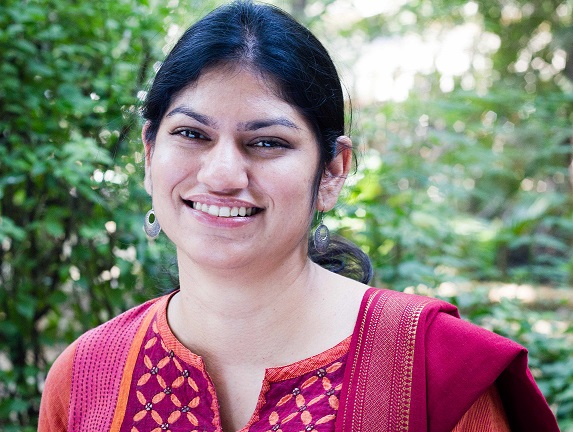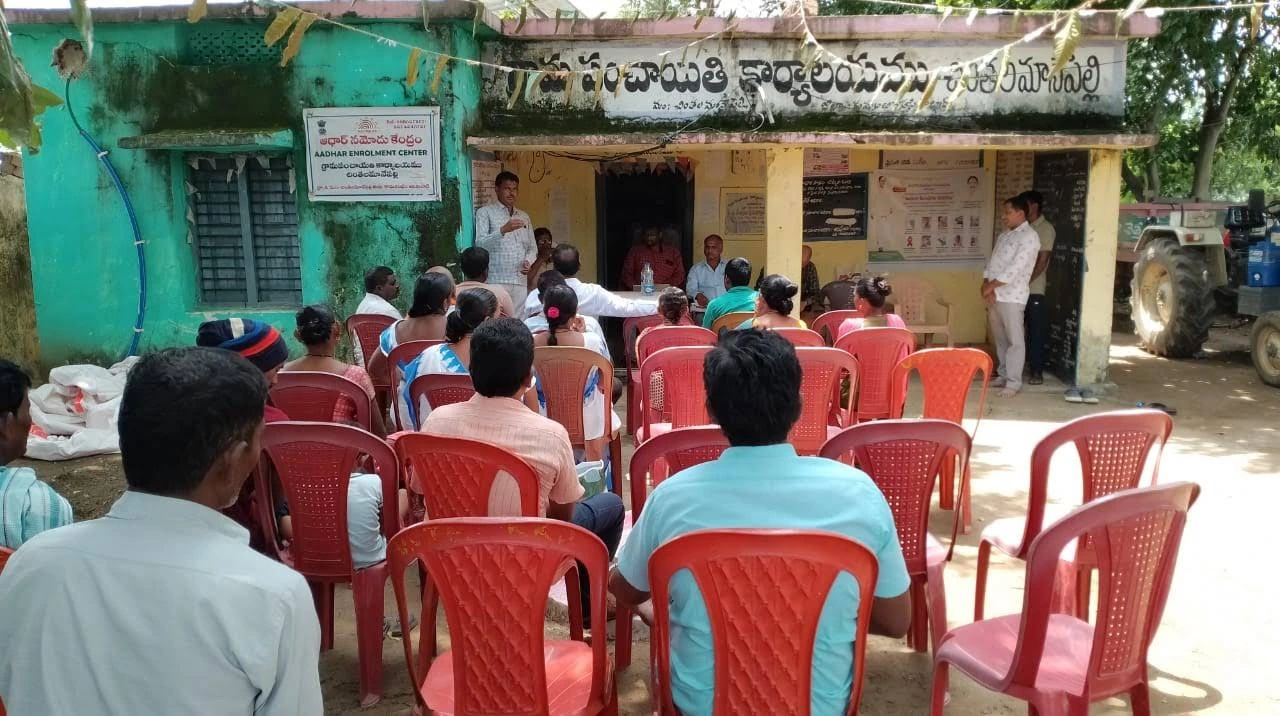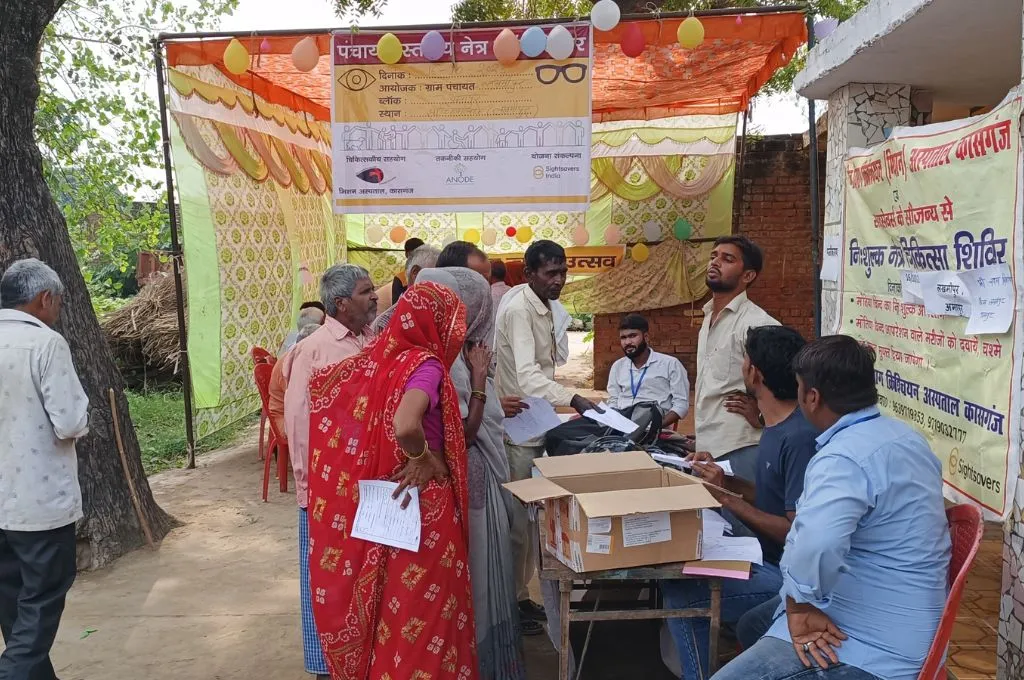Capital expenditure in the 2023-24 Union Budget doubled from Rs 4.26 lakh crore ($58.2 billion) of actual expenditure in 2020-21 to Rs 10.01 lakh crore ($122 billion) budgeted in 2023-24. This is the third consecutive year that capital investment outlay has increased, but at the cost of social welfare programmes that provide a social safety net to citizens and ensure basic rights, including livelihoods, health, nutrition and education.
This is the first time, based on budget data from 2009-10 to 2023-24, that social sector expenditure as a share of total expenditure has been lower than 20%. For 2023-24, at Rs 8.28 lakh crore ($100.77 billion), it is 18% of total government spending.
The push for capex
As a share of total expenditure, investments on capital expenditure are at 22%, the highest in the last 15 years. Compared to the pre-pandemic year (2019-20), this is a 10 percentage point increase.
This increase is primarily for three ministries–the Ministry of Railways, Ministry of Road Transport and Highways and Capital Outlay on Defence Services–which account for 66% of total capital expenditure. In addition, a new scheme, called the Scheme for Special Assistance to States for Capital Expenditure, was announced for financial assistance to states in the form of a 50-year interest free loan for capital investment projects. Allocations for the scheme increased by 71% from Rs 76,000 crore ($9.2 billion) in the revised estimates for 2022-23 to Rs 1,30,000 crore ($15.8 billion) in the budget estimates for 2023-24.
In a response to IndiaSpend over the phone, Finance Secretary TV Somanathan agreed that “fillip to infrastructure is the stated priority,” but that it is the “priority for this budget at this time, when the economy needs a push to growth.”
But this increase has come at the cost of social sector expenditure
In the 2023-24 budget, social sector expenditure as a share of total expenditure is budgeted at 18%, the first time it has fallen below 20% since 2009, based on budget data from 2009 to 2023-24. Social sector expenditure is budgeted at Rs 8.28 lakh crore ($100.77 billion) in 2023-24, compared to revised estimates of Rs 8.84 lakh crore ($107.53 billion) in 2022-23, and actual expenditure of Rs 5.30 lakh crore ($70.3 billion) pre-pandemic, in 2019-20.
The government had prioritised some social welfare schemes during the period of the Covid-19 pandemic and social sector expenditure increased to 30% as a share of total expenditure. Post the pandemic abating, and with some economic recovery, there would have been a decrease in social sector spending, but data show that the decrease in spending had in fact been a pattern even before the pandemic.
Between 2009 and 2021, the share of social sector expenditure going to education, sports, art, and culture declined from 20% to 9%. In the 2023-24 budget, estimates have grown to 14% but are lower than in 2009. Similarly, the share of rural development in the budget fell from 28% in 2009-10 to 19% in 2023-24.
In addition, despite the pandemic, medical and public health spending have remained similar through the years, while expenditure on social security and welfare and nutrition has been negligible. Even the proportion spent on food subsidies, which increased significantly during the pandemic as part of a government programme for the provision of free foodgrains, is lower than it was in 2009-10.
“There are no sharp cuts in expenditure on the social sector, expenditure on agriculture and allied activity,” said Finance Secretary Somanathan. “Agriculture and allied activities, budget to budget is Rs 83,521 crore to Rs 84,214 crore. For education, it is from Rs 104,278 crore to Rs 112,899 crore. For health, it’s from Rs 86,606 crore to Rs 88,956 crore. “It may be that there are no increases commensurate with the increases on capital expenditure, but it’s not correct to say that there are cuts in the social sector.”
Under social sector spending, the Union government has prioritised infrastructure-related projects, such as housing, urban development, and water and sanitation. These made up as little as 5% of the total expenditure in 2009-10 which grew to 21% in 2022-23. In 2023-24, these will constitute 21% of spending.
Budgets stagnate for several social sector schemes
The Government of India hopes that inflation in the year ahead will remain low at 4%. Yet, in the 106 months from January 2014 until December 2022, monthly inflation rates have been 4% or lower only 29 times, or for 27% of the total time period.
If inflation is accounted for, budgets for several social sector schemes, particularly for education, health and nutrition, have either been stagnant or decreased over time.
In five out of 11 social sector schemes, real allocations in 2023-24 budget estimates are lower than in 2019-20, before the COVID-19 pandemic began. These include Samagra Shiksha–the school education programme, Swachh Bharat Mission-Gramin–the sanitation programme, the Mahatma Gandhi National Rural Employment Guarantee Scheme (MGNREGS)–the rural jobs programme, the National Health Mission (NHM)–the overarching rural and urban health programme, and the National Social Assistance Programme (NSAP)–for financial assistance to the elderly, widows and persons with disabilities.
Similarly, real allocations for Saksham Anganwadi and Poshan 2.0 in 2023-24 budget estimates were lower than allocations for the Integrated Child Development Services (one of the components of Poshan 2.0) in 2018-19. The same is true for the Mid Day Meal scheme, now known as Pradhan Mantri Poshan Shakti Nirman (PM POSHAN).
On stagnation in the social sector budget, after considering inflation, Finance Secretary Somanathan said that the reason is that many of the programmes under the social sector are Centrally Sponsored Schemes, which require a combination of funding from the Union and the state governments. “We have found that many states do not provide the counterpart funding, and the conditions for the release of the next instalment of central funding is that it flows only after the state has provided counterpart funding for the previous instalment.” This also leads to revised estimates being lower than budget estimates, as states do not contribute their share of funding, Somanathan added.

Like with overall heads, even within schemes, the government has prioritised infrastructure-driven schemes. For instance, for the Jal Jeevan Mission, for piped water connections in households, real allocations in 2019-20 were Rs 6,857 crore ($991 million). However, by 2023-24 budget estimates, real allocations increased over five times to Rs 40,222 crore ($4.9 billion). Similarly, for Prime Minister’s Awas Yojana-Rural, the rural housing programme, the 2019-20 budget allocated Rs 12,386 crore ($1.8 billion) in real terms, which has more than doubled to Rs 31,308 crore ($3.8 billion) in 2023-24 budget estimates.
Further, there has been a decrease to MGNREGS allocations by 33%. This is the first time, based on data from 2014-15 to 2022-23, that the budget allocation has been lower than the previous year, IndiaSpend reported on February 1, 2023. This is despite pending liabilities of Rs 8,449 crore, as on January 1, 2023, as per an analysis by the Accountability Initiative.
Why does it matter?
As India moves out of the COVID-19 era, vulnerabilities persist. Part of the return to ‘normal’ functioning is the reopening of schools that had closed down and were replaced by online learning during the pandemic. Post the pandemic, enrolment, in fact, has risen in government and government-aided schools. Including pre-primary and elementary (Grades I to VIII), enrolment rose from 118.3 million students in 2019-20 to 127 million in 2021-22, as per UDISE data. Similarly, secondary and higher secondary enrolment increased from 40.1 million students in 2019-20 to 43.2 million in 2021-22. Enrolment in private unaided schools has declined, which means there is an increasing dependence on government facilities and provision, which would also require a higher budget.
Even for health, additional budgets are needed, especially given that India lacks quality health infrastructure and human resources. For instance, at the level of Primary Health Centres, only 80% of sanctioned doctor posts were filled as on March 31, 2021. Similarly, only 36% of sanctioned posts for specialist doctor posts were filled in Community Health Centres, according to an analysis by the Accountability Initiative.
Child nutrition is also poor–as many as 36% of India’s children were stunted or short for their age, 19% had low weight for height and 32% had low weight for age, as per data from the National Family Health Survey between 2019 and 2021.
We have reached out to T V Somanathan, Secretary in the Department of Expenditure of the Ministry of Finance and to Rajesh Malhotra of the media cell of the Finance Ministry for comment on the drop in social sector spending as a proportion of total government expenditure and will update the story when we receive a response.
(Note: The story was updated with the responses of Finance Secretary T V Somanathan.)
This article was originally published on IndiaSpend.








